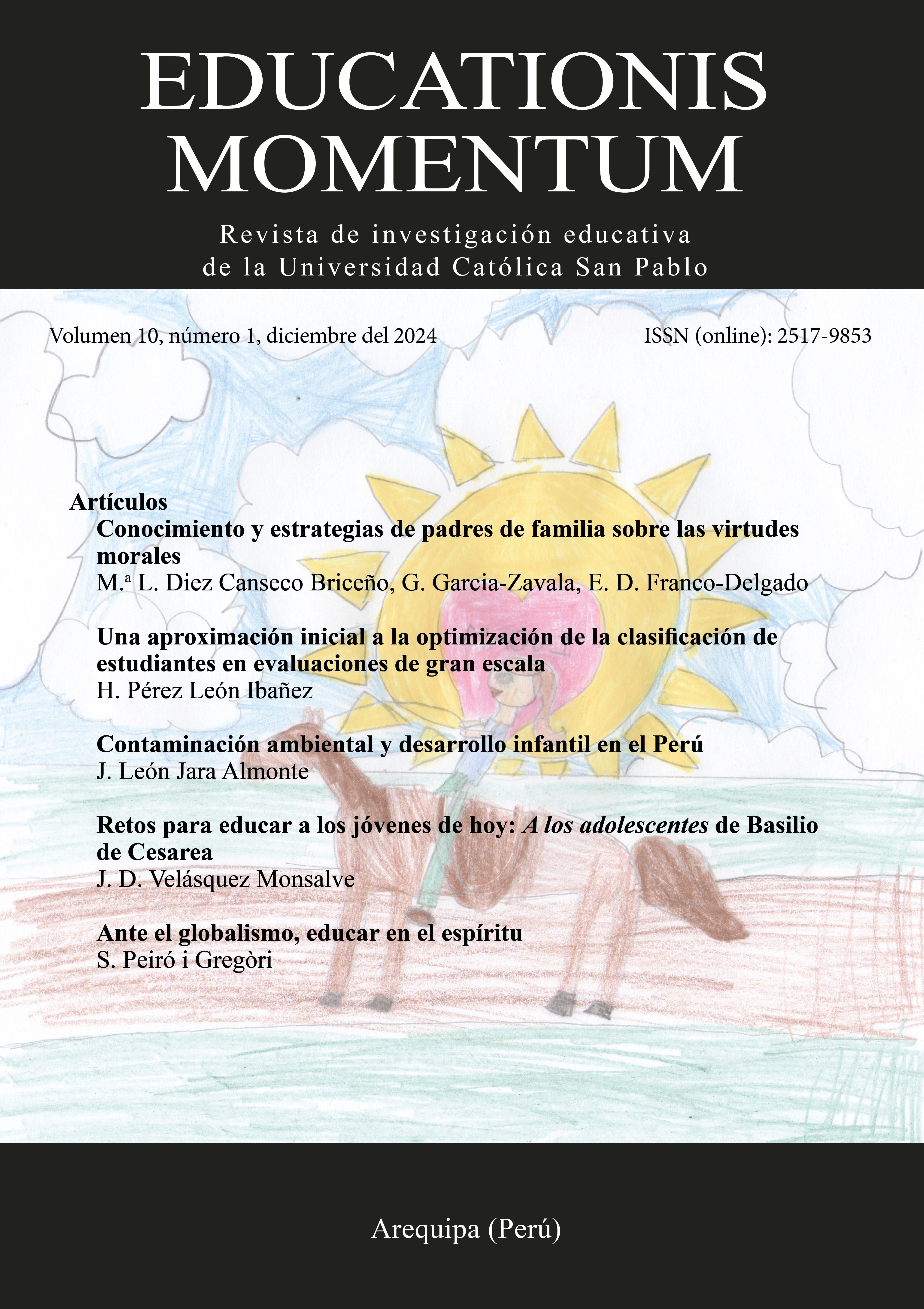Abstract
Most evaluation activities involve classifying students into categories. Especially in high-stakes assessments, such classification carries significant responsibility due to the ensuing consequences. Raw scores do not reflect the nature of measurement error or its implications for student classification. In contrast, the Rasch model offers an approach based on the relationship between the probability of answering an item correctly and the difference between the student’s ability and the item’s difficulty, an approach that allows for the calculation of standard errors associated with item and person measures. Within this framework, this study aims to investigate whether concentrating items around a cutoff point improves classification accuracy, measured using Rudner’s accuracy index. This relationship was examined under three scenarios with varying levels of student dispersion. The results show: (a) that the greater the concentration of items around the cutoff, the higher the classification accuracy; and (b) that the strength of this association is enhanced in contexts where students’ abilities are more concentrated.

This work is licensed under a Creative Commons Attribution-NonCommercial-NoDerivatives 4.0 International License.

